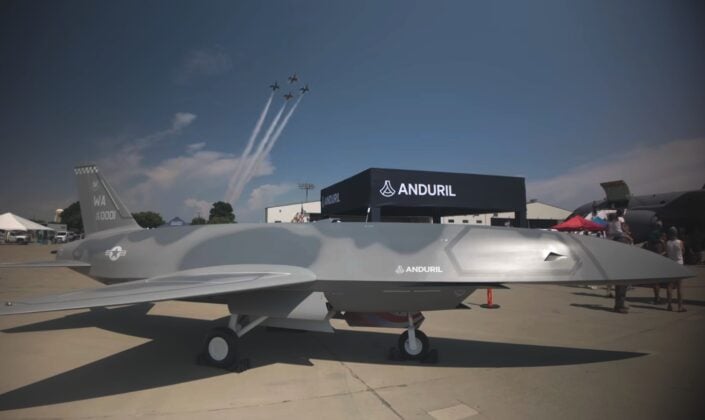
Amid growing competition in the U.S. defense industry, Anduril Industries announced Friday that it has been chosen by the U.S. Navy to develop designs for the service’s future carrier-ready Collaborative Combat Aircraft (CCA).
“The US Navy has selected Anduril to develop designs for carrier-ready Collaborative Combat Aircraft (CCA),” the company said. “We are focused on delivering an aircraft built specifically to the Navy’s distinct needs, at rapid speed and formidable scale.”
The announcement places Anduril alongside some of the aerospace sector’s most established contractors, including Boeing, General Atomics, Lockheed Martin, and Northrop Grumman. These companies are all working on proposals for the CCA program, a cornerstone of the Navy’s plans to expand the use of autonomous and optionally crewed aircraft.
While no details were released about specific aircraft concepts, the decision represents a major step forward for Anduril, a company known for taking a disruptive approach to defense procurement. Founded by tech entrepreneur Palmer Luckey, Anduril has built a reputation for rapid prototyping, unconventional solutions, and aggressive market entry.
In recent years, Anduril has delivered new systems directly to Ukraine during the war and provided advanced drones to Taiwan despite political pressure and threats from China. That willingness to take risks and act quickly has given the company an image very different from the traditional defense primes, which are often slowed by bureaucracy and long development cycles.
By winning a place at the table in the Navy’s CCA program, Anduril has positioned itself as a direct competitor to long-established industry leaders. Its inclusion underscores the Navy’s interest in bringing non-traditional defense firms into some of its most advanced aircraft development efforts.
The CCA initiative itself is intended to create highly capable unmanned aircraft that can operate from carriers and integrate with manned fighters, enhancing fleet operations in contested environments. The Navy has made clear that the program is not only about building a single aircraft but about ensuring that the service can field advanced, scalable platforms quickly and in large numbers.
For now, Anduril has not revealed design concepts or timelines. The Navy is running multiple parallel efforts with industry teams, and further decisions will determine which designs move forward into prototyping and eventual carrier integration.
Still, the development is a milestone for the California-based company. Once considered an outsider, Anduril is now competing directly with Boeing, Lockheed Martin, and Northrop Grumman for one of the Navy’s most ambitious projects.